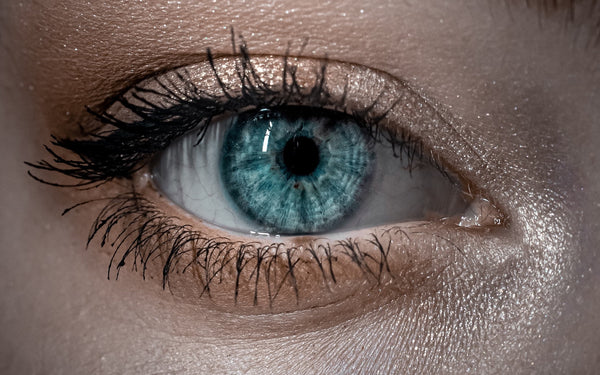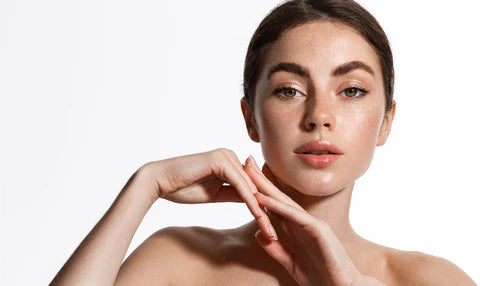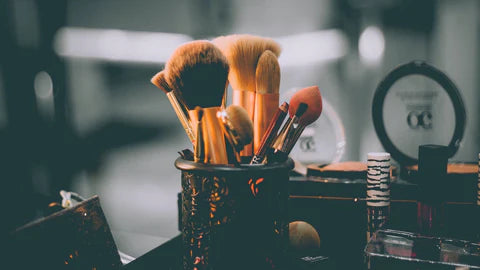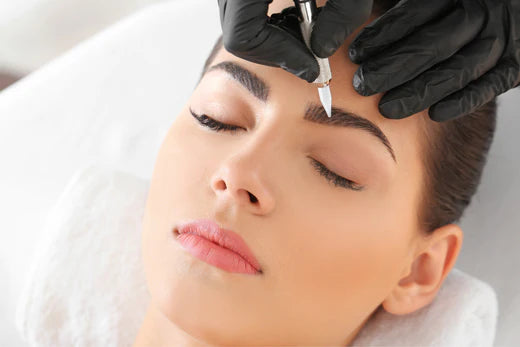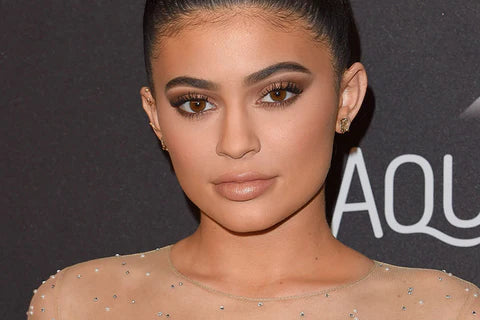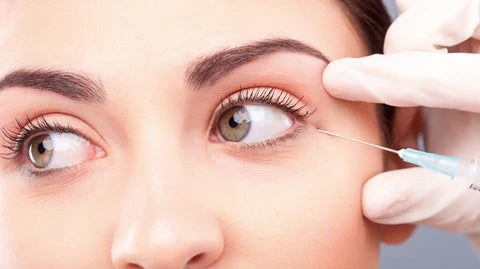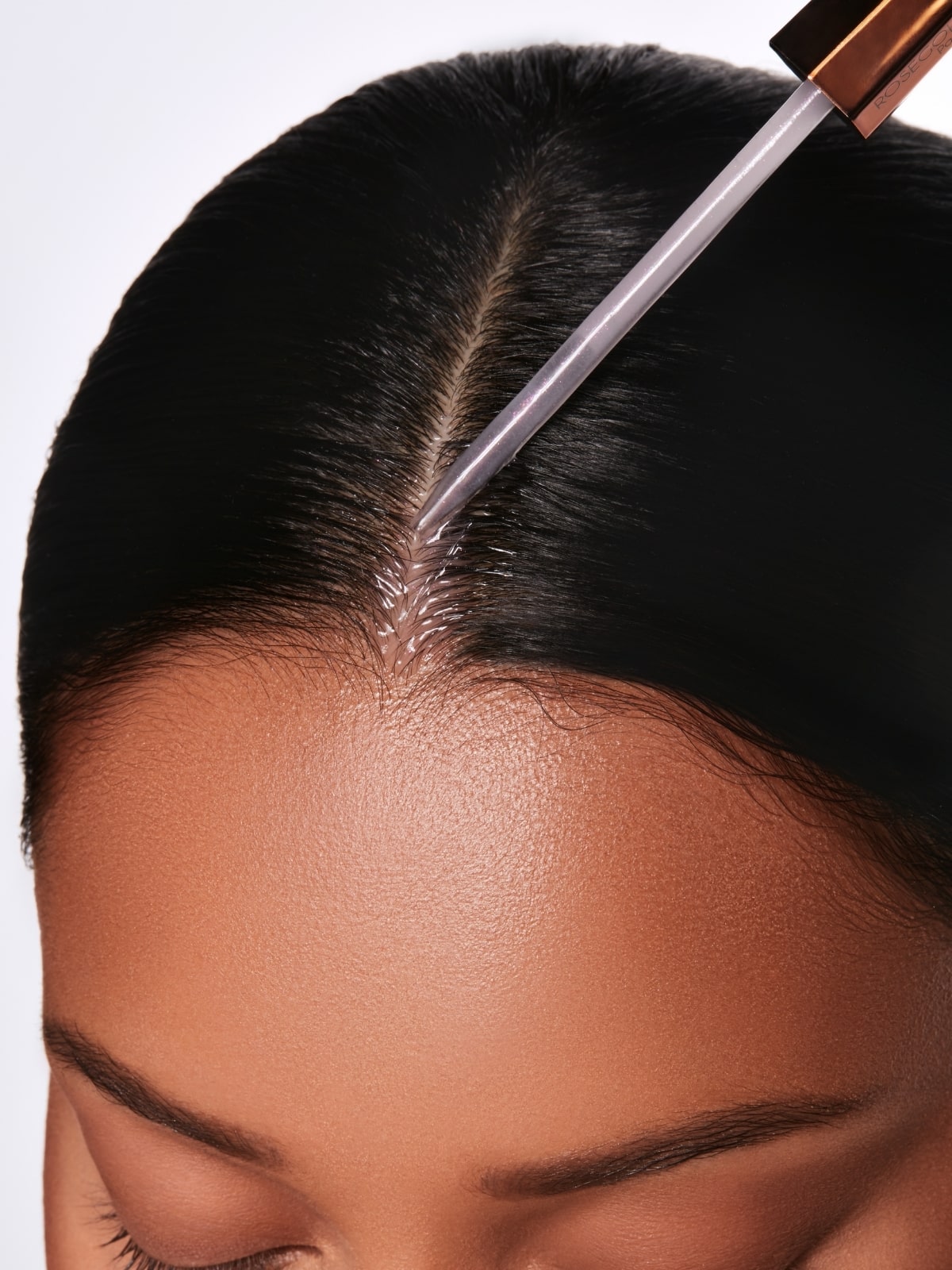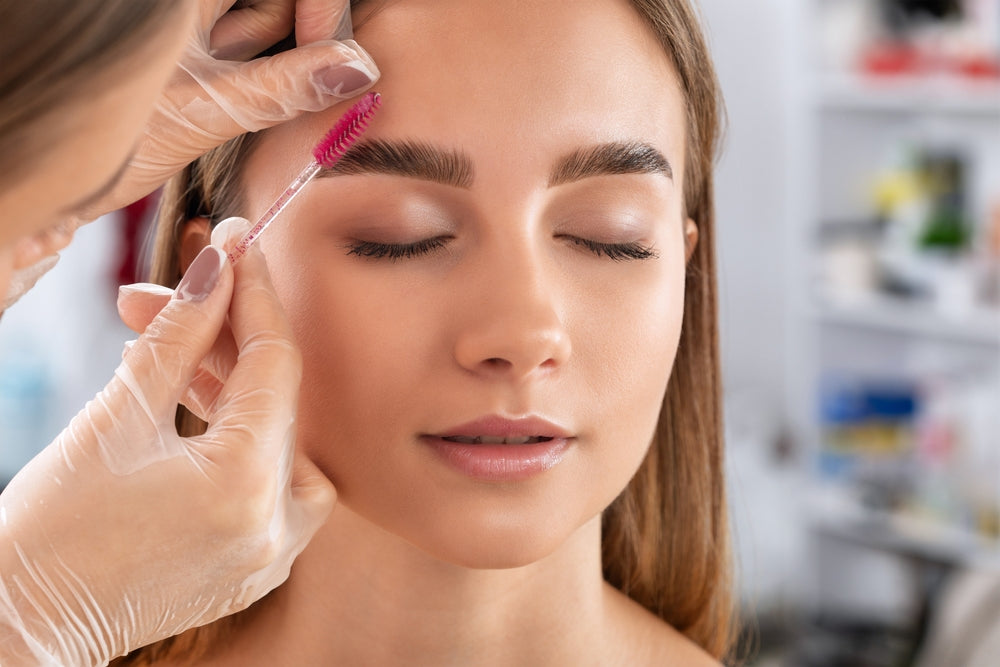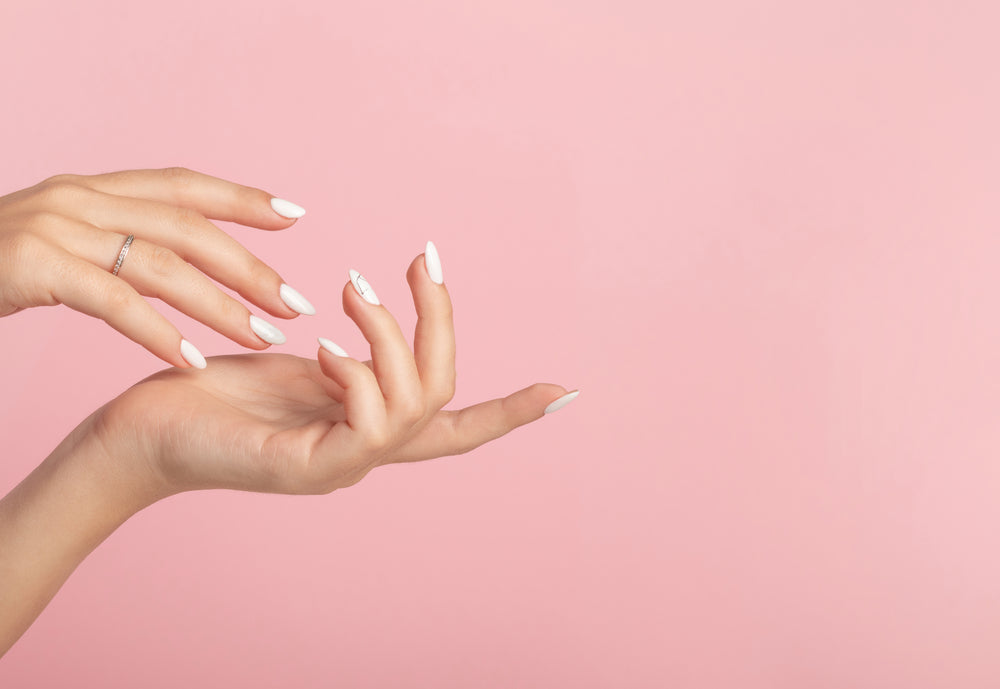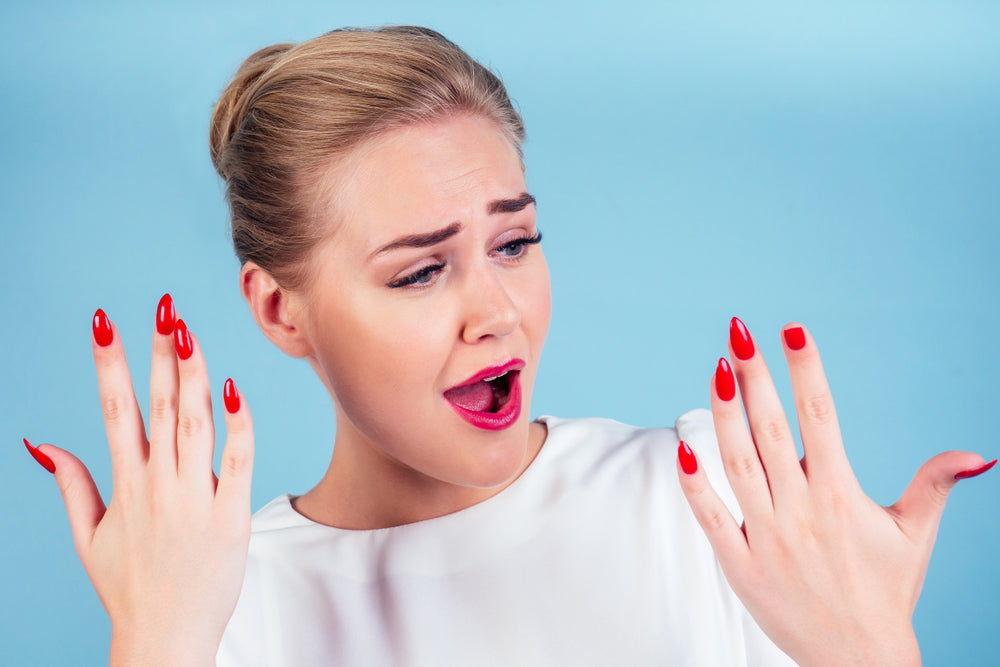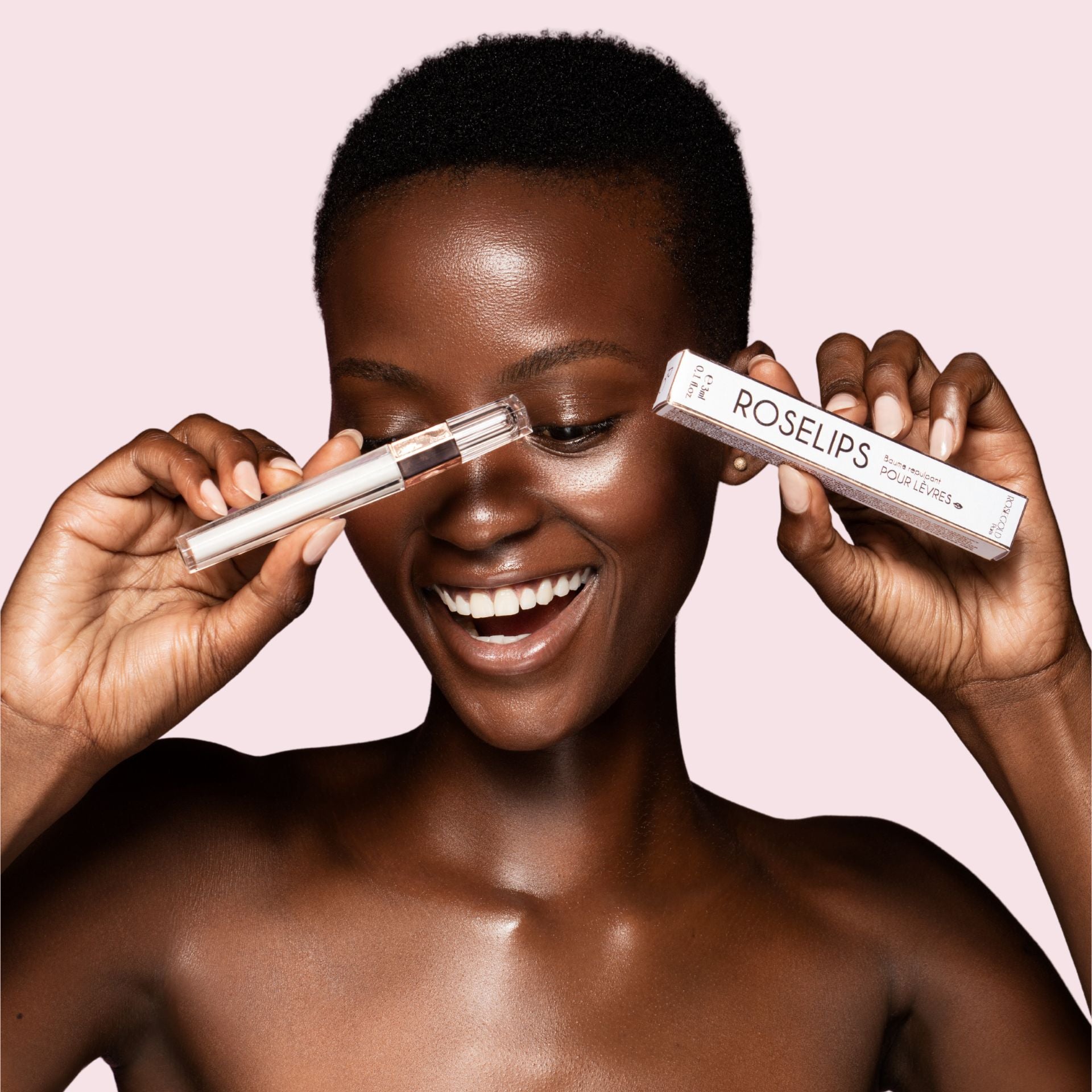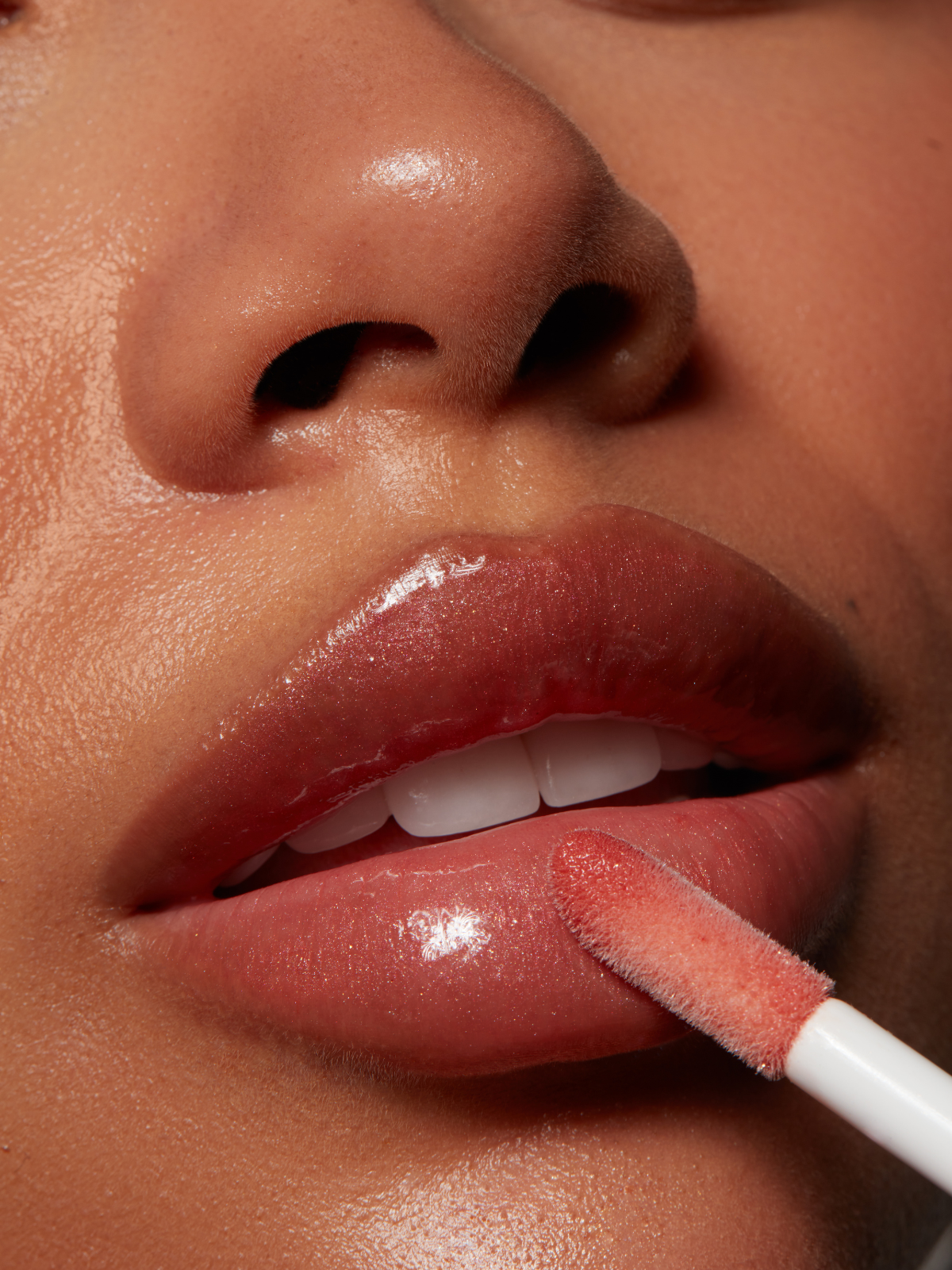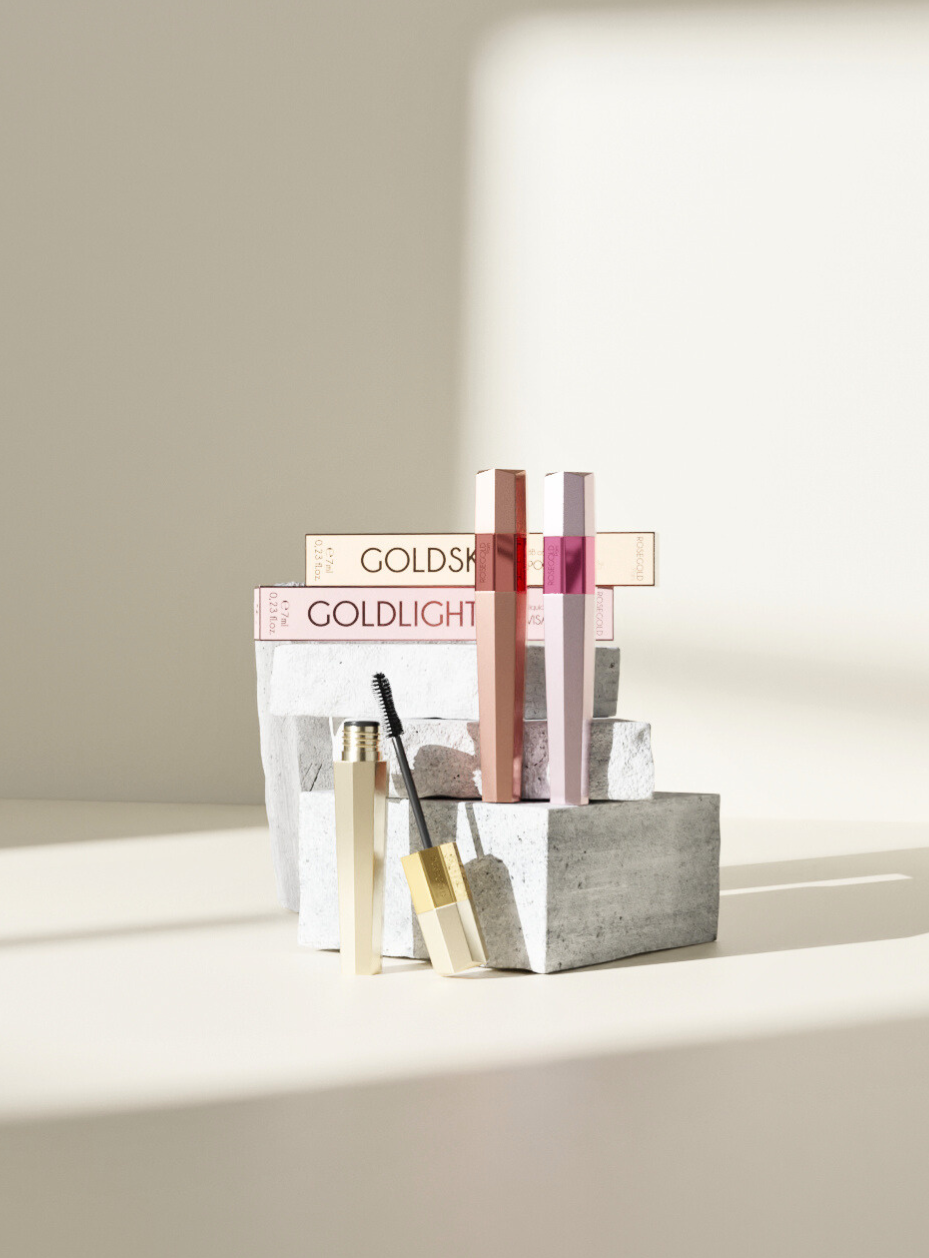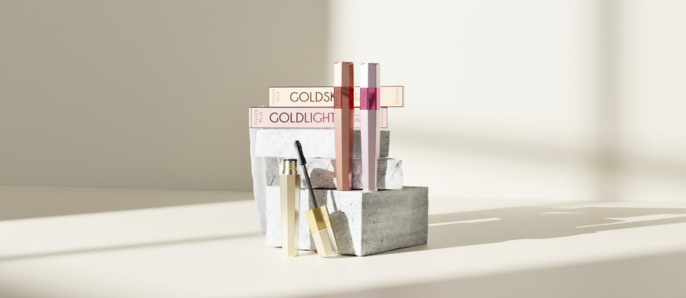All you need to know about hair perming
All you need to know about hair perming
Coralie Techer

Curls are in the spotlight at the moment, and we're seeing the return of a hair trend we thought we'd forgotten... the perm is making a comeback, and we're telling you all you need to know!
But how do you get long-lasting curls ? To this question, the perm is probably the best answer. A perm, also known as a "permanent set", is a chemical hair treatment used to create long-lasting curls or waves in the hair. It is usually performed in hair salons by trained professionals, as the process involves the use of powerful chemicals.
Discover our hair serum
How does a perm work?
Do you have straight hair and dream of a cascade of curls without having to go through the curling stage? The perm is probably the solution for you. Like Brazilian straightening for curly hair, the perm offers the advantage of long-lasting curl! Indeed, the main aim of a perm is to temporarily transform the texture of straight or slightly wavy hair into curly or frizzy hair. This is achieved by modifying the hair's internal structure through two main steps:
Curl formation: Hair is wrapped around curlers of different sizes, depending on the type of curl desired. Next, a chemical called a "reducer" is applied to the hair to break the internal bonds of the hair proteins, allowing it to reform into the new desired shape.
Curl fixation: Once the chemical bonds have been broken and the hair has been wrapped around the curlers, a fixation product called "neutralizer" is applied to reform the bonds in the hair's new position. This stabilizes the curls and fixes the new shape in the hair.
Discover our practical guide on how to get straight hair.
Discover our hair serum
What type of hair can be permed?
A perm can be applied to a variety of hair types, but its effectiveness and results vary according to the hair's natural texture.
Smooth or slightly wavy hair
Naturally straight or slightly wavy hair may be more receptive to perming, as its structure is more easily modified. Perming can create more pronounced curls or waves on this type of hair.
Fine hair
Fine hair tends to take on the shape of curlers more quickly during the perming process. This can result in tighter, more defined curls, but care must be taken not to use overly powerful products to avoid weakening fine hair.

Thick hair
Thick hair can be more resistant to the perming process, meaning stronger chemicals may be required to achieve the desired result. However, this can also increase the risk of hair damage, so it's important to consult a qualified professional.
Previously chemically treated hair
On color-treated hair and hair that has been bleached, straightened or subjected to other chemical treatments, perming can create additional damage, as the strands are already weakened, and can be more sensitive and vulnerable. In these cases, it's essential to proceed with caution and take into account the hair's current condition before perming.
Discover our hair serum
How do I care for a perm?
Hair maintenance after a perm is essential to preserve newly created curls or waves and to maintain the overall health of your hair. Here are a few maintenance tips to follow after a perm:
Avoid washing your hair immediately after perming: Wait at least 48 hours after treatment before washing your hair. This allows the chemical bonds to set properly in their new shape.
Use the right hair care products: Opt for hair care products specifically designed for curly or permed hair. Choose moisturizing shampoos, conditioners and masks that help keep hair hydrated and prevent dryness.
Moisturize regularly: Long hair or short permed hair tends to be drier, so be sure to moisturize regularly with moisturizing products (conditioner, masks), hair serums or hair oils.
Avoid sulfate-containing products: Sulfates can strip hair of its natural oils and cause further dryness. Opt for sulfate-free products to preserve hair's moisture.

Avoid excessive heat: Excessive heat can damage hair, weakening and reducing curl size. Avoid frequent use of straightening irons or curling irons as much as possible, and when you do use them, use a heat protector.
Use a wide-tooth comb or your fingers: After perming, avoid brushing your hair when it's dry, as this can disrupt curls. Instead, use a wide-tooth comb or gently detangle your hair with your fingers when hair is wet and soaked with conditioner.
Protect your hair while you sleep: To avoid friction and damage to curls overnight, tie your hair into a loose ponytail or high bun on your head. You can also wear a silk cap to cover it and double the protection.
Regular touch-ups: perm curls will eventually relax and fade over time. If you want to keep the curls, plan regular touch-ups at the hairdresser's to maintain curl shape.
By following these valuable maintenance tips, you can extend the life of your perm, prevent hair damage and maintain beautiful curls or waves over time. Remember that every hair type is unique, so adapt your maintenance routine to the specific needs of your permed hair!

